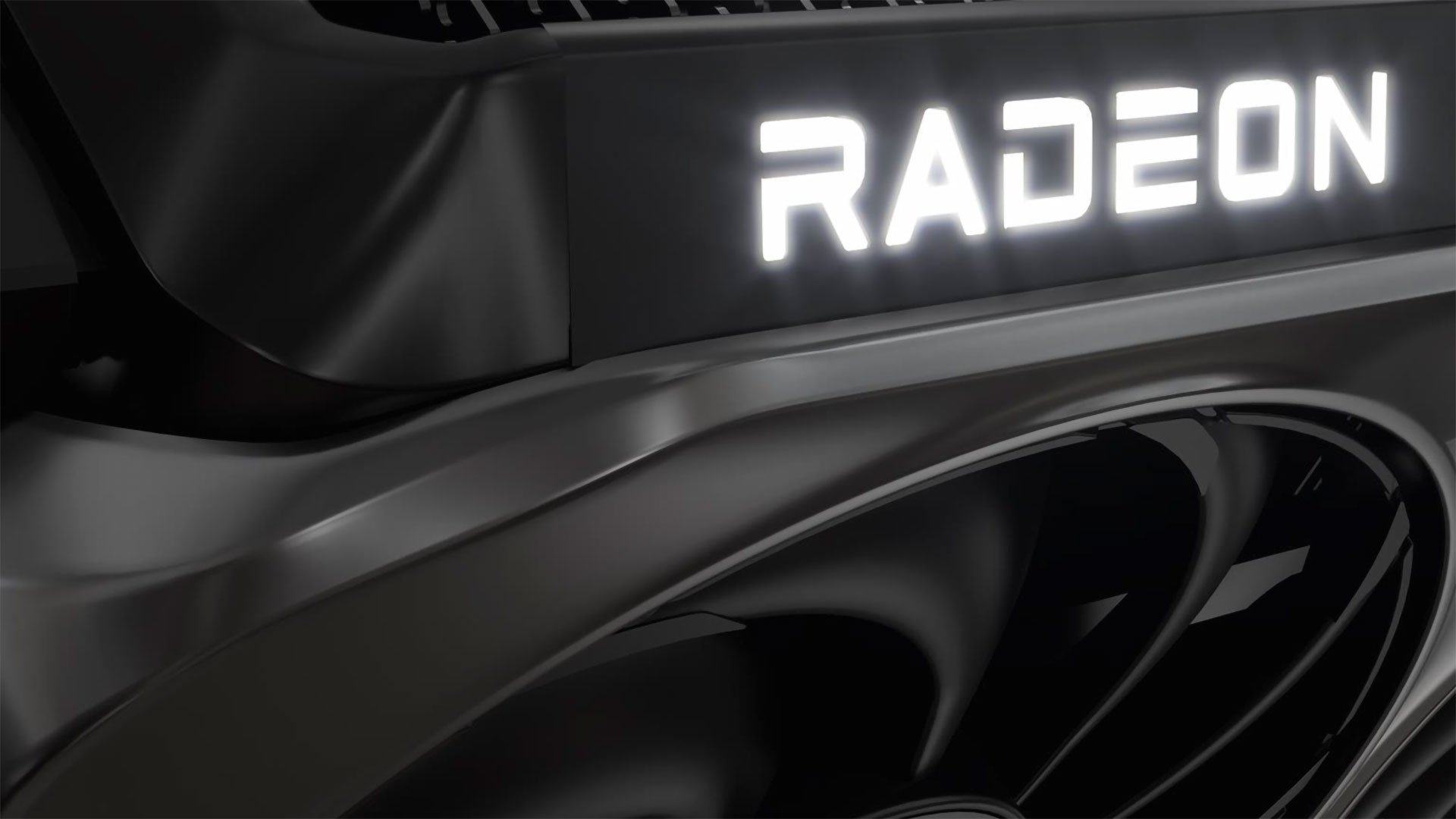AMD researchers reduce graphics card VRAM capacity of 3D-rendered trees from 38GB to just 52 KB with work graphs and mesh nodes — shifting CPU work to the GPU yields tremendous results
What would take 38GB of VRAM to hold now takes just a measly 52KB.

Measuring the VRAM impact of trees isn't something most people think about while gaming, but AMD researchers have figured out a way to reduce the VRAM footprint of 3D tree rendering by a whopping 666,352x. AMD researchers recently developed procedural tree generation with work graphs and mesh nodes to optimize tree rendering on video memory.
To demonstrate this, the AMD researchers showcased a 3D-rendered scene that requires only 51 KiB of data to generate. If the scene were rendered with conventional geometry, it would require 34.8 GiB to hold in video memory.
AMD researcher's real-time GPU tree generation system uses work graphs (w/ mesh nodes) for procedural tree generation. Without work graphs, the trees in the scene would have required 34.8 GiB of VRAM. With work graphs, only 51 KiBhttps://t.co/2YcWdOj5Lehttps://t.co/aDkZB08tksJune 23, 2025
This new VRAM-saving technique leverages a procedural generation technique that eliminates the need for a 3D geometry format altogether. The GPU utilizes work graphs and mesh nodes to produce 3D-rendered trees on the fly in the LOD (Level of Detail) required for the current frame.
With traditional techniques, video memory would be responsible for holding the geometry or polygon format of the trees themselves, which requires gigabytes of memory to store. By procedurally generating trees on the fly on the GPU, the only important data that needs to be held in VRAM is the generation code that tells the GPU how to generate trees in a scene. This code is only kilobytes in size by comparison.
This radically new rendering technique is yet another demonstration of the capabilities of work graphs. Work graphs enable the GPU to assign work to itself, significantly improving rendering efficiency in areas that previously relied on the CPU to do the heavy lifting. Work graphs are so flexible that 3D engines can run almost entirely on the GPU when used appropriately. Mesh nodes are an extension of work graphs that allow the GPU to issue draw calls to itself. Again, this shifts work from the CPU to the GPU.
Trees aren't the only objects that can be rendered with this paradigm. We can expect other objects, and possibly even textures, to be rendered this way in the future. Nvidia is already working on neural texture compression to reduce texture demands on video memory, but work graphs and mesh nodes provide another method of achieving the same goal (and will not be limited to Nvidia GPUs).
Get Tom's Hardware's best news and in-depth reviews, straight to your inbox.

Aaron Klotz is a contributing writer for Tom’s Hardware, covering news related to computer hardware such as CPUs, and graphics cards.
-
usertests Glanced at the PDF, and the research seems specific to trees and uses fractals. I guess game engines could implement this to put in lots of trees, and that could be a good thing.Reply
AMD needs an answer to neural texture compression before Nvidia gets developers hooked on yet another vendor-specific technology. -
S58_is_the_goat Jensen: introducing the rtx 5090 with 640kb of memory... because that's all you really need!Reply -
gunish_d Reply
🙌🏽😆S58_is_the_goat said:Jensen: introducing the rtx 5090 with 640kb of memory... because that's all you really need! -
gunish_d Jensen to the customers: The more you buy the cheaper it getsReply
The Lamborghini dealership: that's right Jensen the more GPU you sell, the cheaper your Lambo is -
bit_user Reply
"Capacity"? Really?? Capacity is "the ability to hold something". The size of a data structure is the "something" that memory holds. It should have said either "footprint" or "utilization".The article said:AMD researchers reduce graphics card VRAM capacity of 3D-rendered trees from 38GB to just 52 KB
The article text is fine, though. So, how did this happen? If either a human or an AI is trying to "punch up" the headlines to get more clicks, you guys need to hold the line at anything that's factually inaccurate or simply nonsensical.
Tagging @PaulAlcorn -
bit_user BTW, the idea of procedurally-generating geometry on-the-fly isn't terribly new. This is the same basic idea behind tessellation shaders and geometry shaders, but I guess just taking it another step.Reply
And, in that vein, it's also a little funny to quote 38 GB, as the baseline - as if that represents the current state of the art.
The paper said:When represented as a conventional static triangle mesh with positions, normals, and texture coordinates, the
tree geometry would amount to 34.8 GiB.
Partly because of what I said above, that's not how engines currently work. It means their figure is a huge overestimate of the practical benefits this technique would offer. -
Amdlova They will try push quake 1 texture "look at the 4k IA resolution"Reply
Can't wait to feel again the 1990 era -
bwana And how will the increased latency make the game better? I guess it's ok if you are playing a walking simulator.Reply -
dalauder Reply
That's the only bit that bugged me about this. It looks like they did something quite useful--a practical capability to significantly increase foliage density. Use better colors/textures and reduce wind speed and vibration rate and this is a game-changer!bit_user said:Partly because of what I said above, that's not how engines currently work. It means their figure a huge overestimate of the practical benefits this technique would offer.
So why did they lie to make something 100x better sound 100,000x better? It was already really impressive. -
acadia11 Don’t worry we will find something to do with the other, 37.48GB, one thing about technologies no one has ever said I have too much capacity …Reply